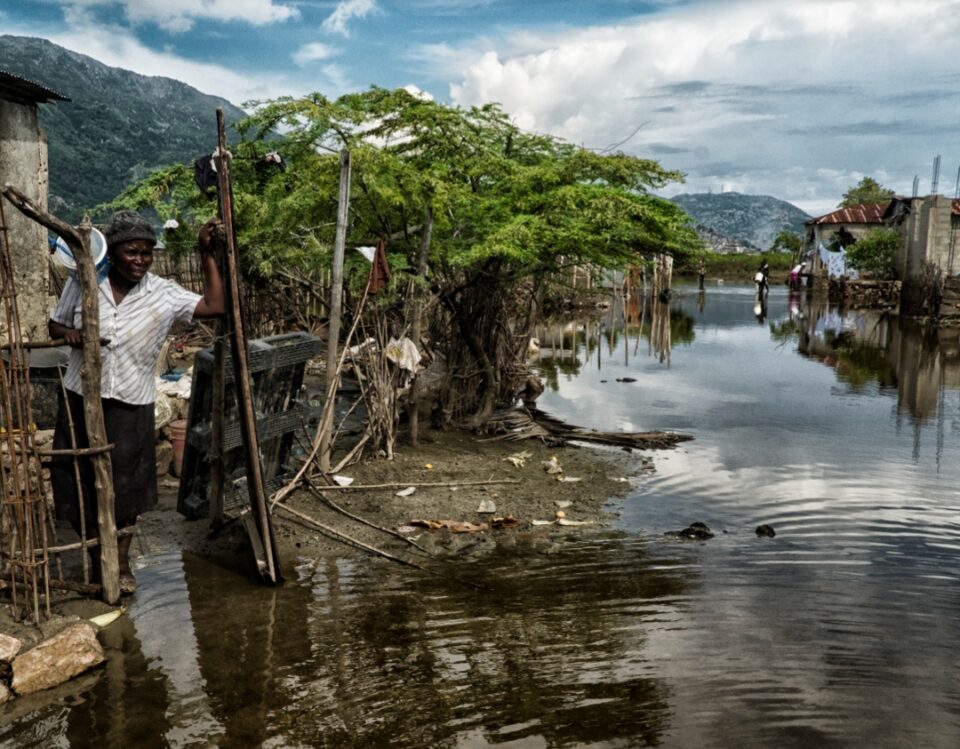By Prisca Sam-Duru
The global environmental crisis is a present-day reality causing catastrophic disruption across the earth. Multiple countries are facing severe environmental issues, with many of the most vulnerable nations located in Africa, South Asia, and among Small Island Developing States (SIDS).
Unfortunately for these vulnerable countries, they contributed the least to global warming, yet they are struggling with its most severe effects. From regular, deadly floods to severe droughts and threats from rising seas, these countries constantly struggle for survival in the face of global tragedy.
The African crisis
The continent is afflicted with double jeopardy of both conflict and climate change.
Africa is excessively exposed to environmental degradation and climate change. Sadly, many nations in the continent are caught in a brutal cycle of climate shocks and political instability.
In countries such as Chad and South Sudan, the instability is extreme. Chad is also ranked among the most climate-vulnerable, as it is beaten by alternating, severe flooding, and droughts, which have affected over a million people.
South Sudan also faces a similar pattern, with cycles of severe flooding and drought. The result has been food insecurity, which is further complicated by ongoing civil conflict that cripples adaptation efforts.
Another vulnerable country is Somalia. This African country is buffeted by extreme and persistent droughts that have resulted in severe famine-like conditions.
Biodiverse nations such as Madagascar experience frequent cyclones and droughts. These make the island one of the most disaster-prone and food-insecure places in the world.
Democratic Republic of the Congo (DRC), on its part, faces some of the highest rates of deforestation globally, often for agriculture and charcoal, in the midst of unending conflicts. The result on the country’s social and economic development is huge, often giving way to mass displacement and worsening food scarcity.
In Nigeria, reports had it that in late 2022, flooding displaced hundreds of thousands of people and destroyed farmlands. In the midst of the environmental crisis, the country suffered political tensions leading up to the 2023 general elections.
According to Rescue.org, flooding in late 2022 affected 2.5 million people in Nigeria and caused extensive damage to the country’s farmland. By mid-2023, an estimated 25 million Nigerians faced high levels of food insecurity. Political tensions and widespread conflict contributed to the country’s fragility, making it difficult to respond to climate disasters.”
Then, in 2025, Nigeria also experienced a series of flooding episodes resulting in the destruction of lives and property. The flood in Mokwa in Niger State has been described as the deadliest so far.
Asia crisis
The densely populated region of South Asia is one of the most vulnerable regions globally, characterized by high exposure to extreme weather and degrading natural resources.
Bangladesh, which is low-lying eavily populated, is in a state of perpetual emergency from sea-level rise, coastal flooding, and increasingly extreme weather events. The threat is existential, with coastal communities losing ground year after year.
Larger nations also face multifaceted environmental disasters. India, for instance, grapples with some of the world’s most extreme air pollution, contributing to millions of premature deaths annually, alongside crippling water scarcity and land degradation.
In 2022, Pakistan experienced unprecedented, deadly floods that reportedly impacted over 33 million people, causing widespread destruction to housing and farmland.
In the Middle East, climate change is increasing the level of desertification and drought in nations like Syria and Yemen, where years of conflict have decimated their capacity to respond to these crises.
For Small Island Developing States (SIDS), the climate crisis is not merely a threat—it is an existential countdown. These low-lying nations, from the Pacific to the Caribbean, emit negligible carbon, yet they are the first to face the ultimate consequences.
The most critical issue is rising sea levels and erosion. For countries like Kiribati, the rising saltwater contaminates limited freshwater supplies and vital soil, making parts of the islands uninhabitable.
Communities and critical infrastructure face an almost guaranteed future of submersion.
SIDS also endures increasingly intense extreme weather. Tropical cyclones, floods, and droughts are growing in frequency and power, devastating agriculture, tourism, and critical infrastructure. In addition, the oceans that sustain their economies are under threat. Ocean warming and acidification are destroying their marine ecosystems, disrupting the fishing industries that form the backbone of island life.
The vulnerabilities in Africa, South Asia, and the SIDS are moral calls to action.
In order to support countries at risk of climate disaster, world leaders must adopt a people-first approach to addressing climate change.
Without significant global support for climate adaptation, disaster response, and emissions reduction, the humanitarian and economic impact will only continue to increase.


